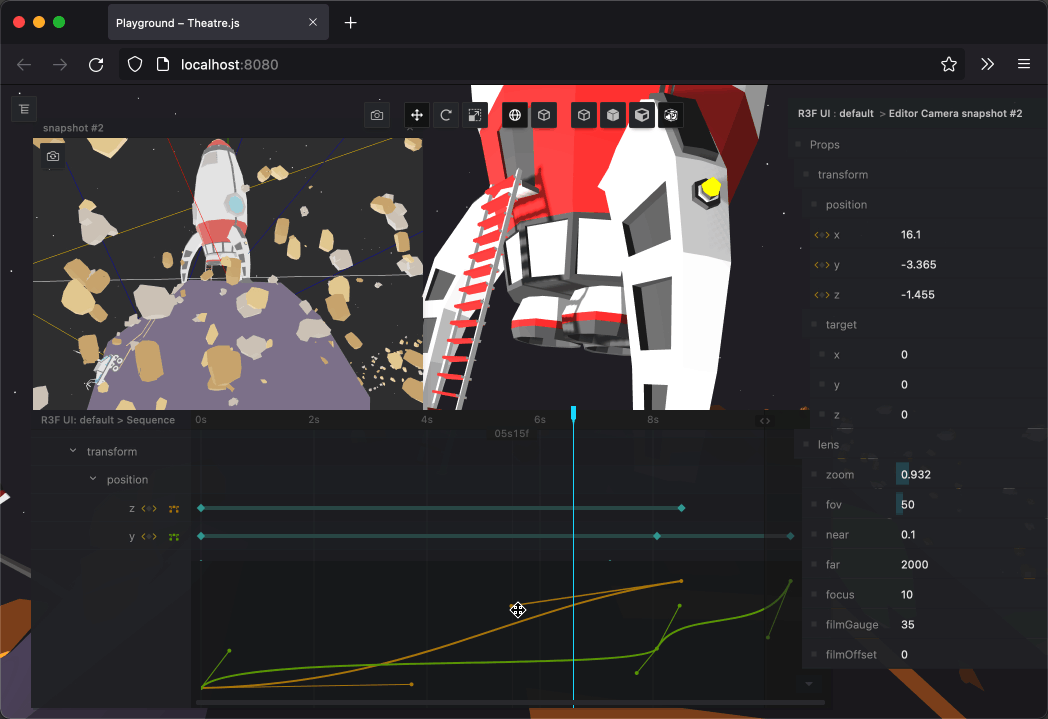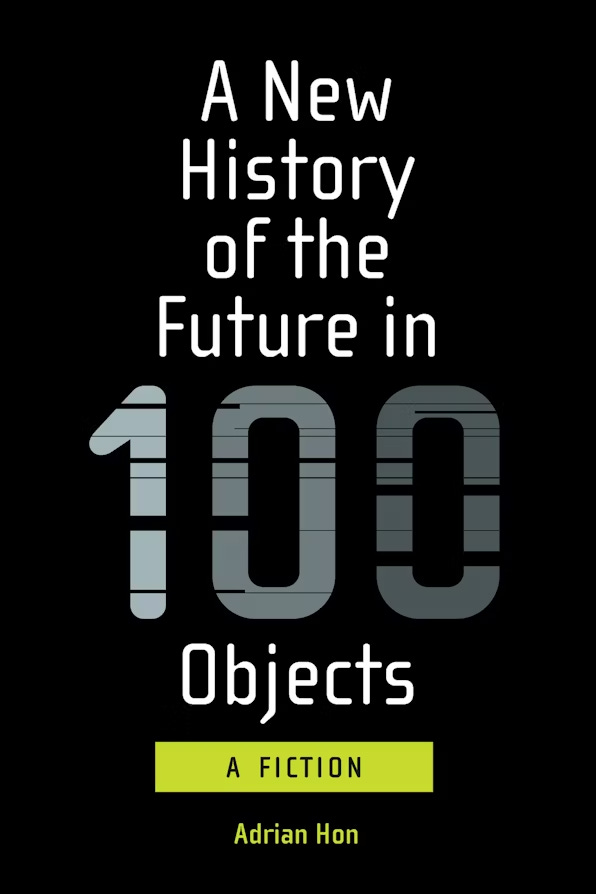Computation using Fractions, Shader Based Journeys, and Remembering Lillian Schwartz
#080 Creative Coding / Generative Arts
The muse is the mystic force, but you are the master. - Adrienne Posey
Hey there my friends!
First off, welcome all you new subscribers! Thank you for showing interest in one of my passions and celebrating it together.
As for the rest of my fellow readers,
I hope you have been productive and creating fun and interesting things! I’d love to hear about your experiences and experiments.
Personally…
I’ve finished off my masters… finally! This is a bucket list that I’ve been wanting to finish up.
That being said,
Source: C. Lavender
We recently lost Lillian Schwartz, a pioneering figure in the field of computer-generated art. Her innovative works have been exhibited globally, and the Museum of Modern Art (MoMA) proudly houses several pieces from her early career. Schwartz's groundbreaking collaboration with Bell Labs, spanning from 1969 to 2002, was crucial in exploring the intersection of art and technology. During her tenure, she developed techniques that manipulated electronic visual effects to create artworks, pushing the boundaries of digital expression. Her contributions extend beyond visual art into the realms of film and animation, where she utilized computer algorithms to transform perceptions of motion and color. Lillian Schwartz's legacy continues to inspire a new generation of artists and technologists, cementing her status as a seminal figure in the evolution of digital art.
In “The Artist The Computer 1976” Lillian speaks about her process and one can really get a sense of her aesthetic and also her philosophy on creating.
I hope all of you another wonderful week!
Chris Ried
Tutorials & Articles
Fractan - Computer Architecture based on Fractions
Fractran is a computer architecture based entirely on the multiplication of fractions.
This intriguing article explores what the author describes as an unexplored field of computation. Using prime numbers as registers, the language features a fascinating syntax that's challenging to understand—which adds to its appeal.
How does it work?
So think of prime numbers as the DNA of other numbers. We use those as variables.. their factor or exponent is going to be the variable input.
The number 144 can be broken to:
which ends up being
Using these properties of fundamental building blocks of
So take for instance if we wanted to add two numbers together.. say 4 + 2 so we start out with:
var_2 = 4
var_3 = 2So mathematically we get
Now if we factor that out we now do the following
144 x 3/2 = 216which factors to\(2^3 \times 3^3\)216 x 3/2 = 486which factors to\(2^1 \times 3^5\)486 x 3/2 = 729which factors to\(3^6\)🤯 since we hit an odd number we assume the computation is complete.
It's a fascinating and unconventional way to compute. This method of adding numbers opens up possibilities for further interesting discoveries.
From an artistic standpoint, this approach offers a fascinating way to constrain one's creative toolkit, potentially leading to the development of uniquely compelling and significant concepts.
Esoteric.codes has a great starting article on it here
Also here is Conway talking about it back in 1996
On that note about esoteric and interesting… 100Rabbits
100 Rabbits and their story is just something that I have to highlight every couple years as I just find them to be really unique and special. Also check out their video.
Theatre.js
Theatre.js is an animation library for high-fidelity motion graphics. It is designed to help you express detailed animation, enabling you to create intricate movement, and convey nuance.
Something that I have highlighted throughout the years have been tools that artists have made in order to empower other artists with more limited coding skillsets to create exciting tools. Note to self, I do want to eventually come up with either a newsletter issue that highlights the newest in the space of tools created for creators.
3D Differential Growth in Blender
Inspiration - on using differential growth in Blender. The author does provide a blender file for $ if you want to further explore the method. But… challenge yourself and see if you can recreate it.
Mitosis in the Gray-Scott model : writing shader-based chemical simulations
The Gray Scott Model of Reaction Diffusion is an interesting instance of emergence. By simulating a small chemical system that involves only a few components and reactions, complex and mesmerizing patterns appear.
Obsessed with Cuttle: Parametric CAD for prototyping, producing, and procrastinating
One of my primary creative outlets this year has been playing with the CNC laser cutter1 at my library’s makerspace. It is the first CNC (“computer numerical control”, i.e., computer-programmable) shop tool I’ve gotten comfortable and fluent with: while I’ve worked informally with plenty of manual shop tools for wood and metal, I’ve never previously bridged that programming/shop divide.2 Unsurprisingly, it is SO. MUCH. FUN.
GLICOL
Next generation computer music language
Just another language to check out to create some
1 Year of Learning Shaders
Found this to just be nice to see someone put this much effort in documenting their learning efforts and how to go about really taking on a seemingly difficult learning task. Definitely inspirational.
Books
A New History of the Future in 100 Objects (A Fiction)
In the year 2082, a curator looks back at the twenty-first century, offering a history of the era through a series of objects and artifacts. He reminisces about the power of connectivity, which was reinforced by such technologies as silent messaging—wearable computers that relay subvocal communication; recalls the Fourth Great Awakening, when a regimen of pills could make someone virtuous; and notes disapprovingly the use of locked interrogation, which delivers “enhanced interrogation” simulations via virtual reality. The unnamed curator quotes from a self-help guide to making friends with “posthumans,” describes the establishment of artificial worlds on asteroids, and recounts pro-democracy movements in epistocratic states. In A New History of the Future in 100 Objects, Adrian Hon constructs a possible future by imagining the things it might leave in its wake.
Do take some time and check the following book out.. it has some really fascinating ideas and concepts that are fictional but have potentials to becoming something real so I would recommend checking it out and reading it.
Website | Instagram | Youtube | Behance | Twitter | BuyMeACoffee








